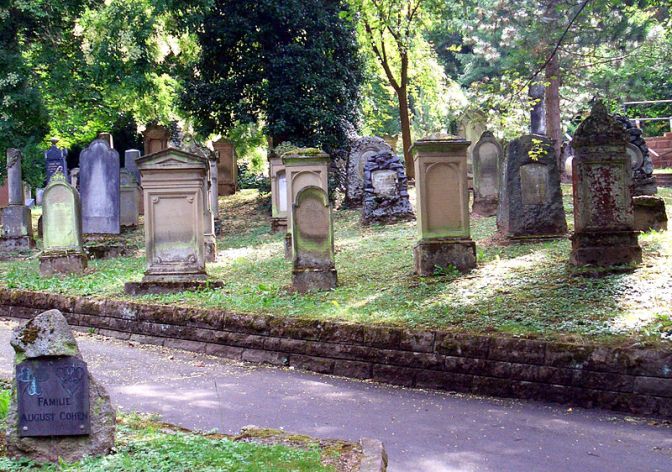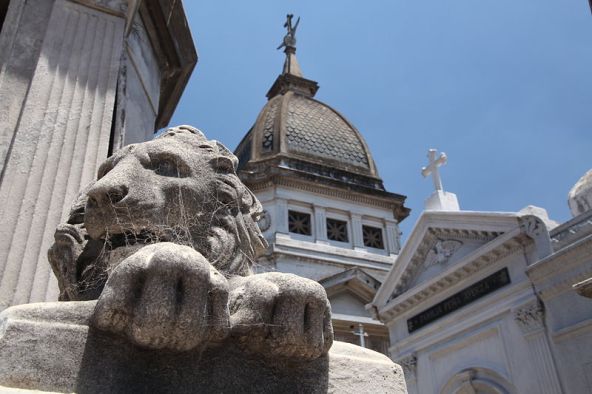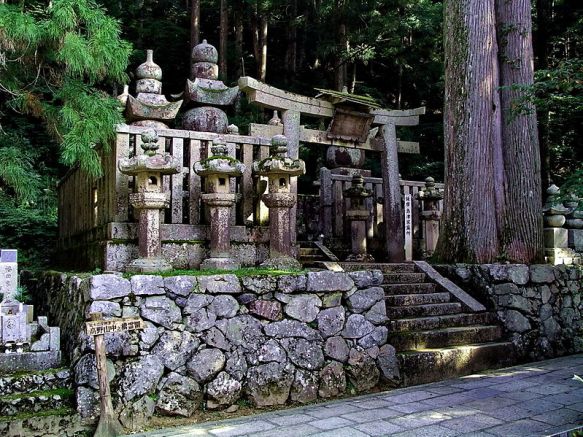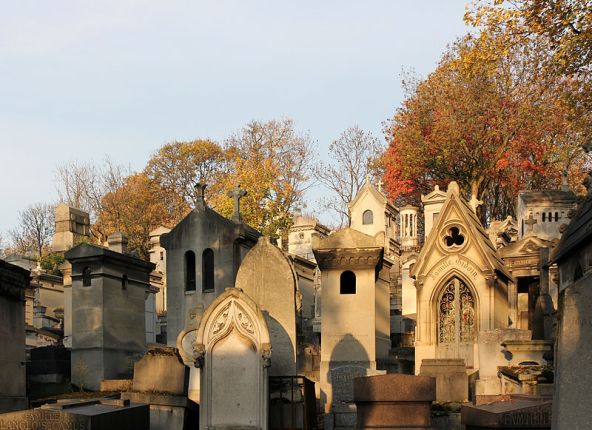Five beautiful cemeteries across the world

The purpose of a vacation is usually to get away from the mundane of the day-to-day and enjoy your life, but sometimes the most enjoyable things can be found in the beauty of death. I’m not talking about dropping dead, of course. What I am speaking of are the many cemeteries across the world that are, due to humanity’s desire to explain the end of our lives, collections of art. Many people don’t feel comfortable in the places of the dead, but you might be surprised as what treasures await. Since the beginning of time memorials have been made to express that mix of the beauty of a person’s life combined with the sadness of death. Sometimes tomb building has even become as competitive among the rich as museum patronage, leading to some very elaborate construction. Every tomb, headstone, crypt or mausoleum has the potential to be amazing. Here, I list five cemeteries that are exceptional for their artistic bent.
Opened in 1839,
At Highgate, one can see not only a beautiful, Gothic-styled chapel, but a countless number of tombs that display many styles. The cemetery even houses the body of Karl Marx, for those that like to visit the graves of the famous. The cemetery fell into decline over time but was recently revitalized. It now remains a splendid mixture of man-made tombs and natural undergrowth. It costs a little bit of cash to get in and explore, but the money goes toward the upkeep of the cemetery, so it’s worth the small price.

La
Built up over time around a convent that closed in 1822, La Recoleta was the first public cemetery in the country of
Based on a grid-like pattern, the cemetery is built up around a series of tree-lined main avenues. It is filled with mausoleums in various states of decay that display a conglomeration of many styles, from old and classical to distinctively modern and innovative. Imagery ranges from pyramidal structures to traditional crosses to statues of pagan gods. La Recoleta also happens to be the final resting place of many of the country’s biggest politicians, artists and other famous names.

The
You make your way through Okunoin via winding paths lined with stone lanterns. The lanterns are lit at night and following them you will find the most famous lantern of all in Lantern Hall. This light is said to have been burning for more than 1000 years without a break, ever since the death of Daishi. Walking through the cemetery one will see countless pillars and statues, particularly statues of the Japanese deity known as Jizo. This child-monk is the protector of the dead and special to those who have lost children. The cemetery is, as stated, among the forest of the mountain and creates an amazing atmosphere of trees and stone. For a great gallery of photos, check out this site.

Pere-Lachaise is high up on the list when it comes to famous and visually spectacular cemeteries. It was brought into existence in 1804 and inaugurated by Napoleon himself. It is so large that the paths winding through it have their own street signs so that you don’t get lost. According to the
The cemetery is a maze of sculptures, statues, tombs, mausoleums and crypts. Some of these are simply astounding in their artistic merit and have few rivals in the world that don’t involve monolithic constructs. It also houses more than a few famous people, including such personalities as Oscar Wilde, Chopin and Jim Morrison. Visitors are free to wander the cemetery on their own or take a tour, though you’d best bring a map if you plan on going in solo.
Monumental
Gravestones photo courtesy of Hartmann Linge
La Recoleta photo courtesy of Liam Quinn via Wikicommons
Okunoin photo courtesy of Blue Lotus via Wikicommons
Pere-Lachaise photo courtesy of Pierre-Yves Beaudouin via Wikicommons
Staglieno angel photo courtesy of Twice25 & Rinina25 via Wikicommons

2 comments